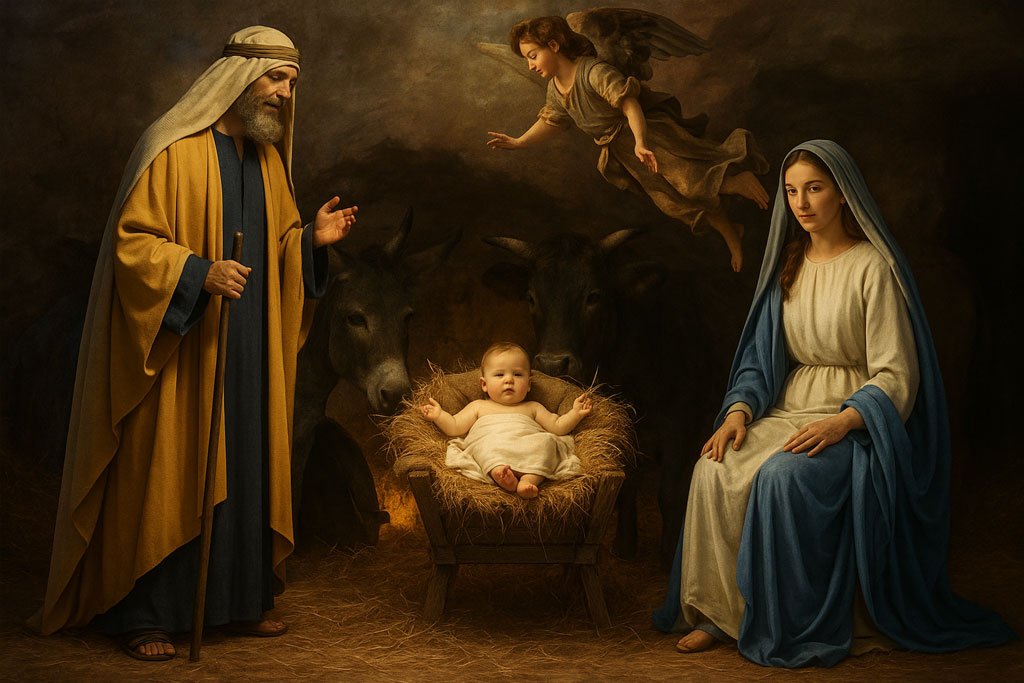A Celebration Transformed
By the 9th century, Christmas had its own liturgy, but it never became as central as Good Friday or Easter. While Roman Catholics mark it with midnight mass, and Protestants hold candlelight services, the celebration has changed.
Services like “Lessons and Carols” have become popular, but alongside them have come practices that bear no resemblance to biblical truth.
The Christmas Tree and Advent Customs
No modern Christmas custom is rooted in Scripture. The Christmas tree, for example, appears around 1605 in Strasbourg. Candles were first recorded in 1611. Advent wreaths came later, in the 19th century, followed by calendars.
These customs blur the line between Advent and Christmas. Trees and decorations go up long before December 25, and spiritual preparation is often replaced with commercial frenzy.
Gift-Giving and Secularization
Gift-giving, inspired by the visit of the Magi, became widespread by the 18th century. Over time, this tradition turned Christmas into a family-oriented, secular event—something the Puritans strongly opposed.
In England and New England, they even succeeded in banning Christmas celebrations for a time. Songs like “Deck the Halls” and “Here We Come A-Wassailing” reflect this shift.
The Christmas card tradition began in 19th-century England. St. Nicholas (December 6) morphed into Santa Claus under the influence of popular poems and commercial appeal. While his image nods to Christian roots, he has become a secular symbol.
The Spread of Secular Customs
In Australia, Santa wears swim trunks. In Europe, gifts are exchanged on the evening of December 24. In North America, the focus is Christmas morning—which has led many churches to drop services altogether on December 25.
Only a few liturgical traditions, like Catholic, Lutheran, and Episcopal churches, maintain services. The second day of Christmas, December 26, is still observed in many European countries—reminding us that originally, Christmas was meant to be celebrated for an entire week.
